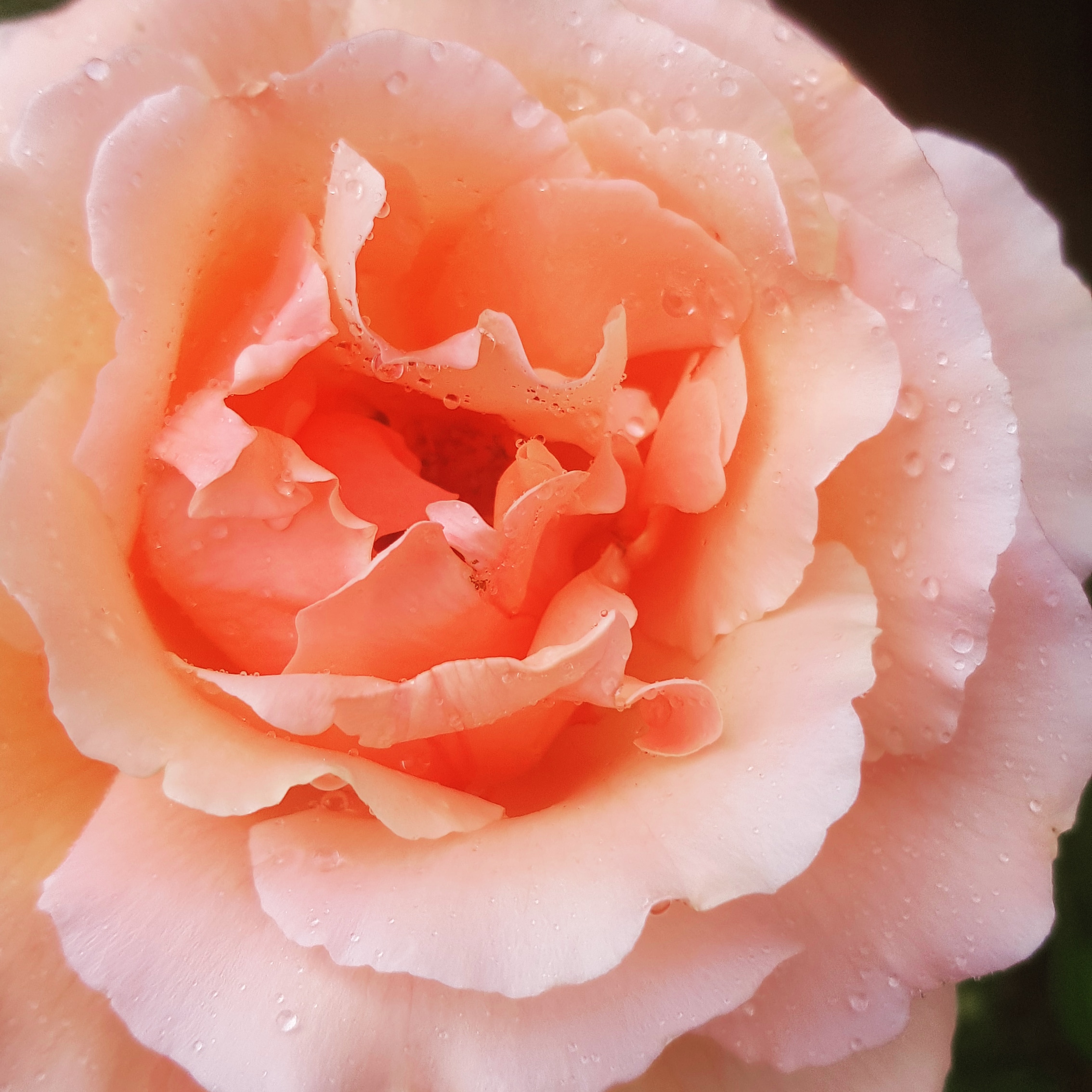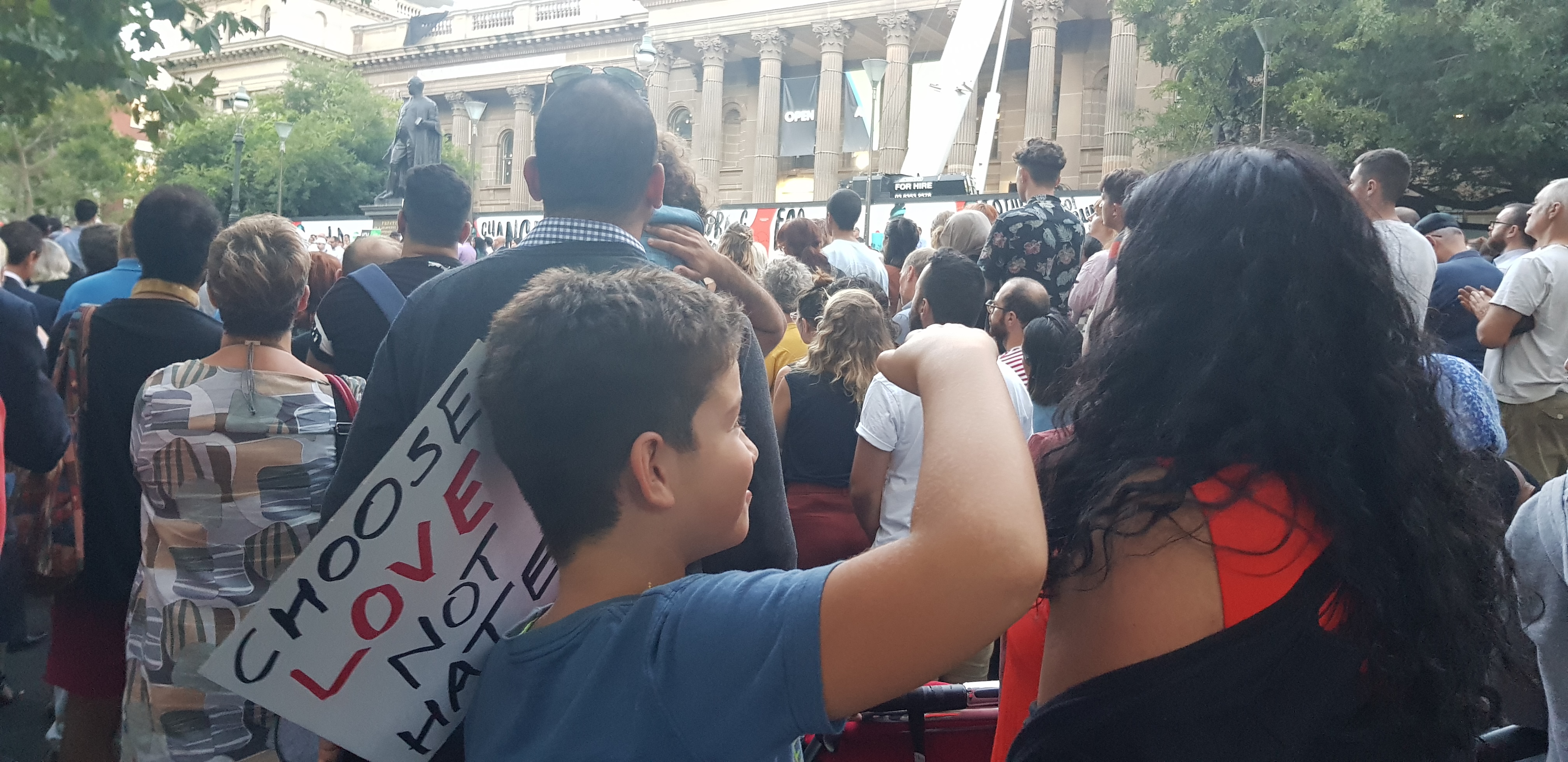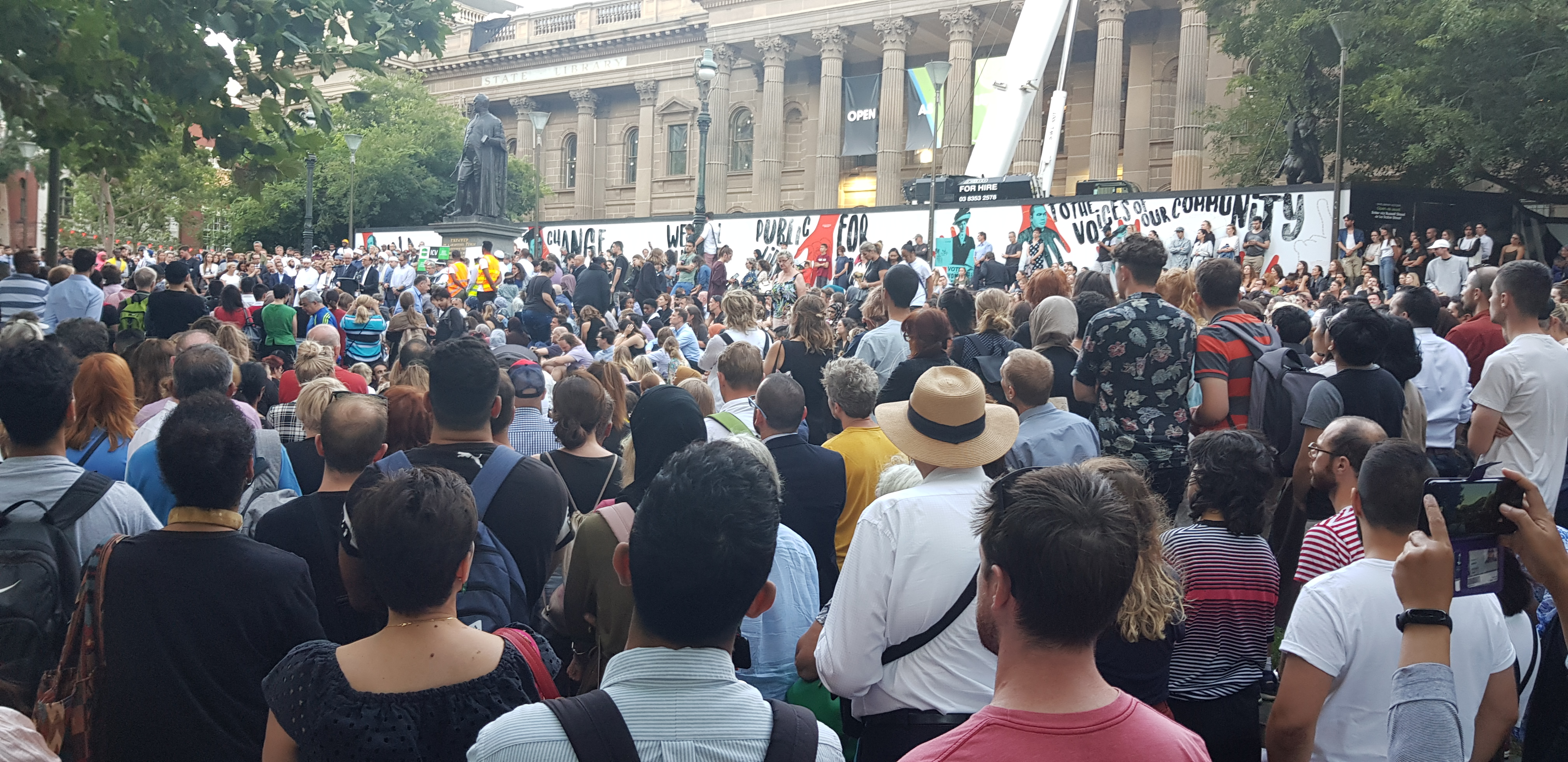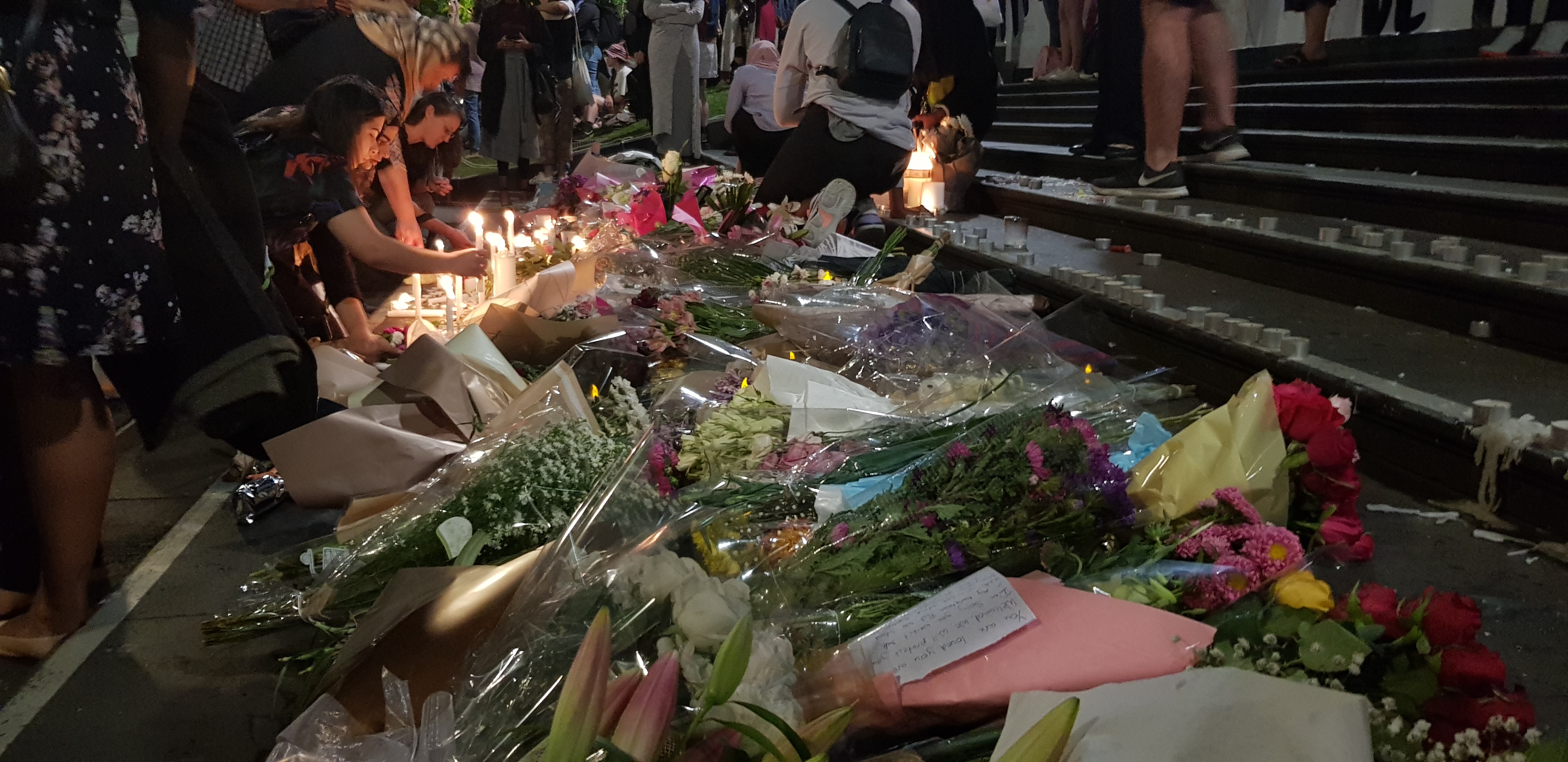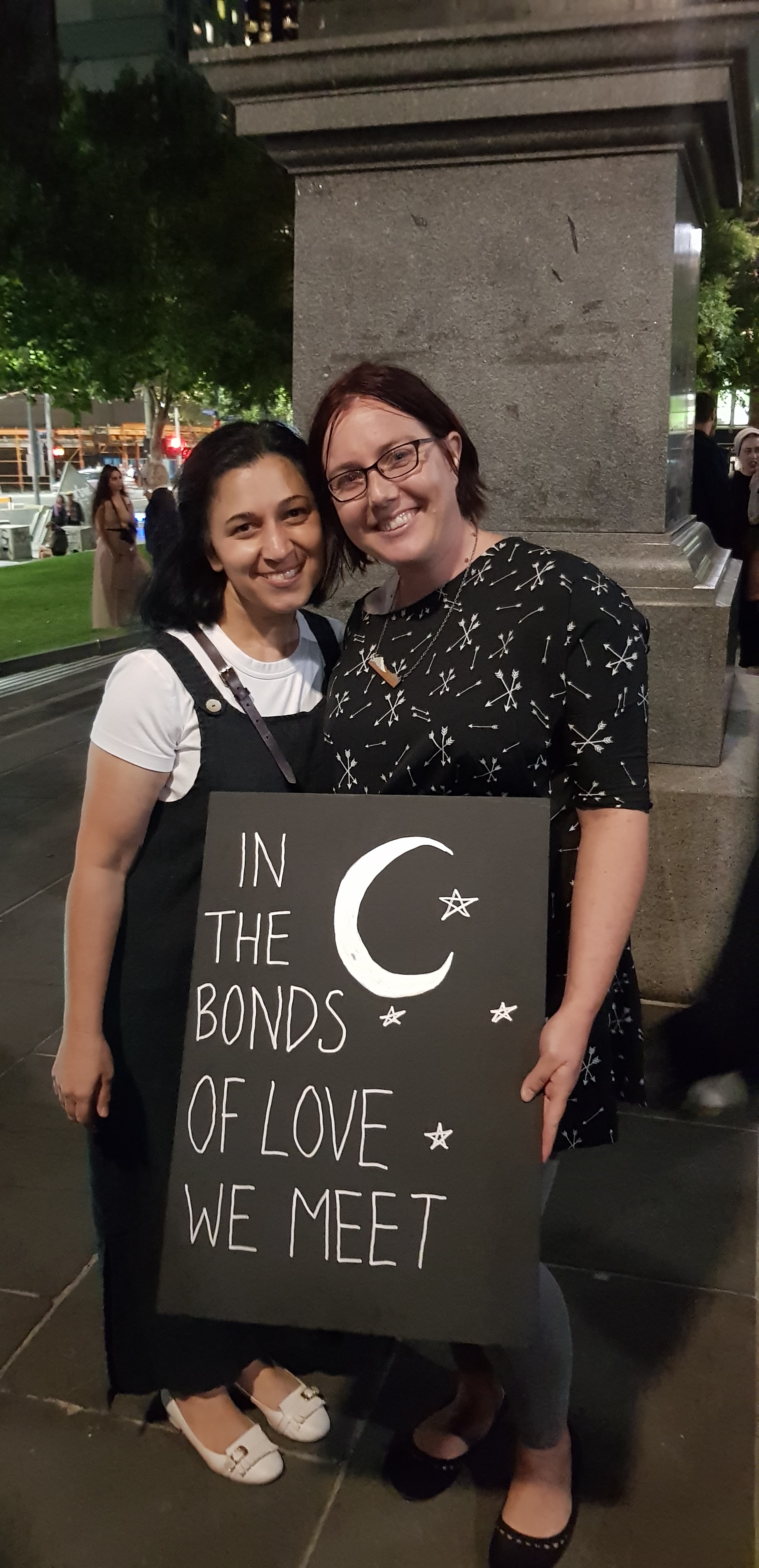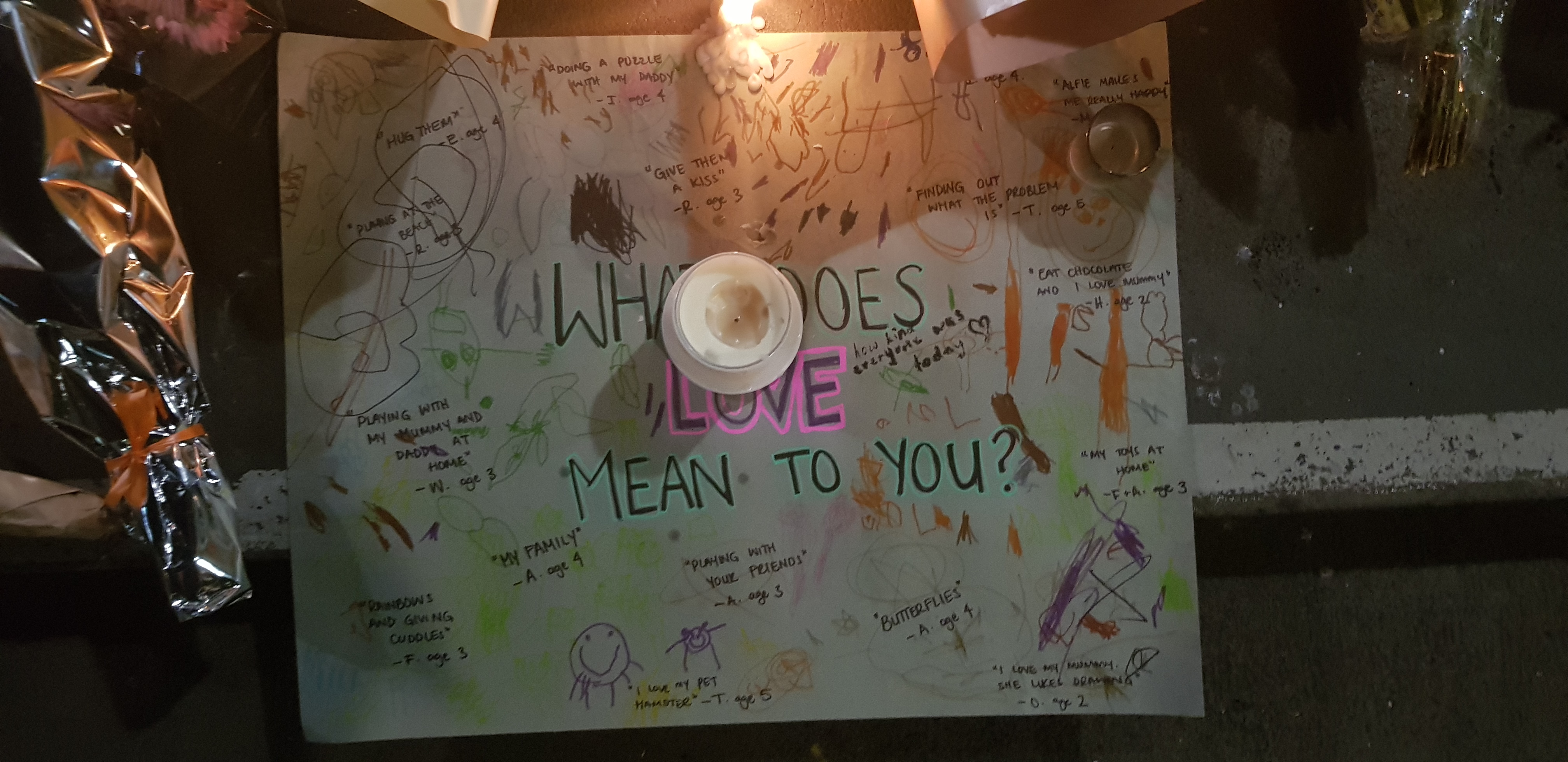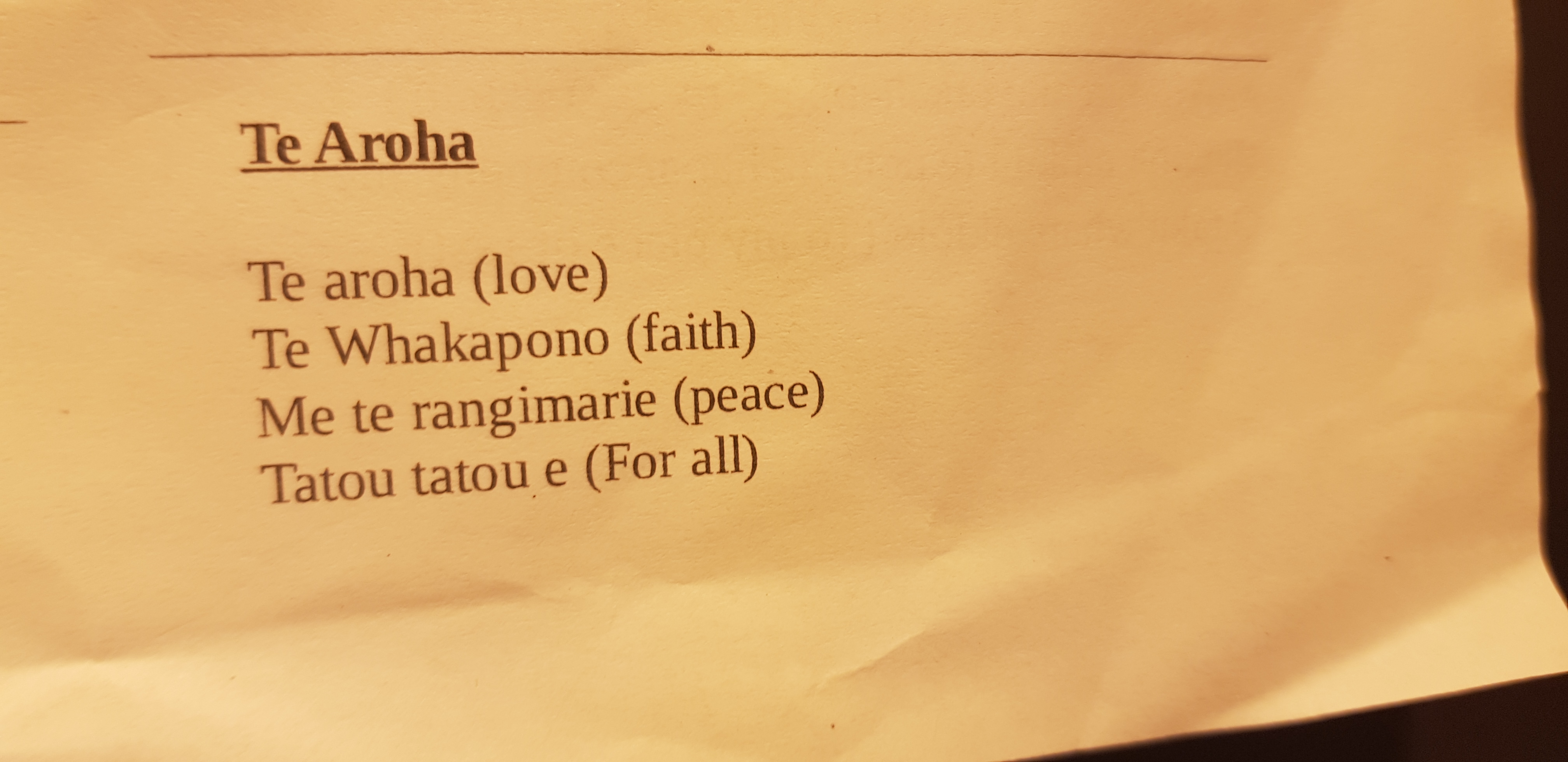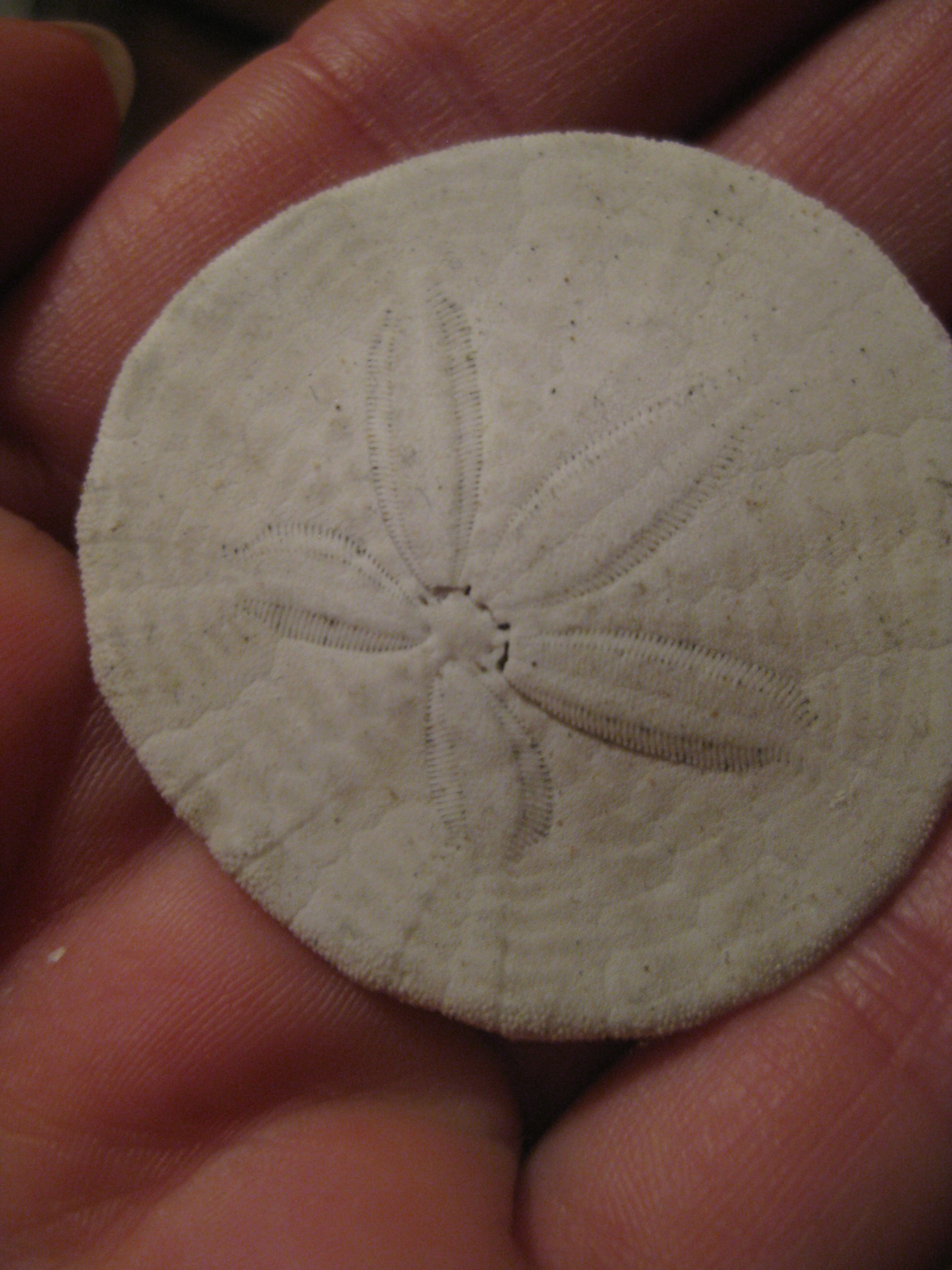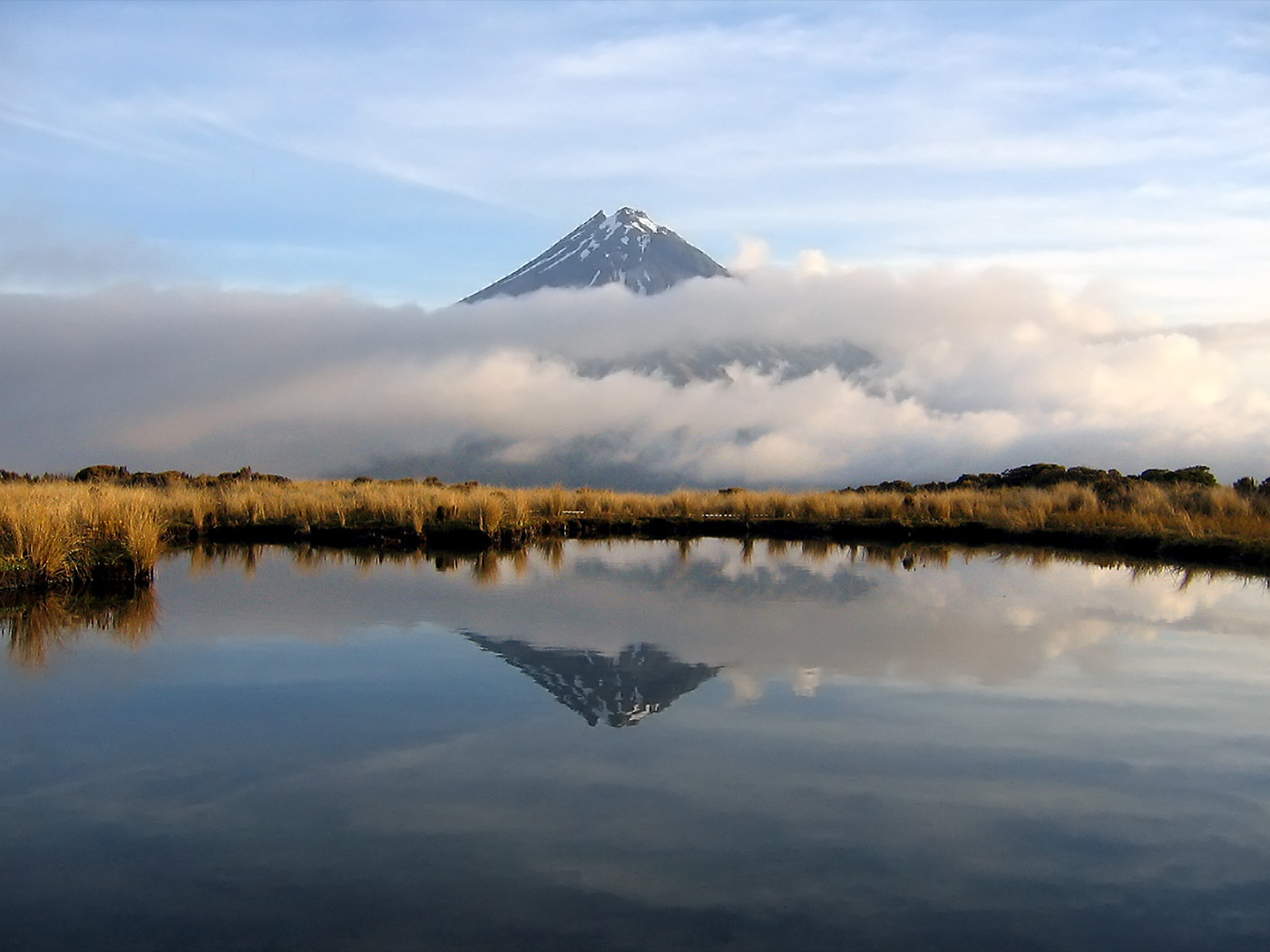
This afternoon I got to hear some of a fantastic panel session moderated by Sandra Kailahi, on the panel was keynote speaker Ngāhuia Te Awekōtuku, with Sheridan Waitai, Leali’ifano Dr Albert L. Refiti, Nigel Borell and Zech Soakai.
I came in late but these are some fav snippets for listening and learning, I’m sorry they’re not attributed!:
- “Decolonising” is a new word but this is something we’ve been negotiating since first contact.
- Not all knowledge is taught in the same school (or held in the same museum)
- Know me/us for our joy before knowing us for our trauma.
- Our youth are defined as “troubled” instead of resilient.
- Message from youth: “We could do so much more if people believed in us”
- Success is so often measured by tertiary education but we have many paths that are not seen as ‘less than’
- Whakapapa got us here, but whakapapa will get us further.
- It’s a practice: play the game, beat the game, to change the game.
- We need to leverage space to talk about our truth.
- Connections with others around the world has been invaluable. Other people of colour. Our ideas, ways of thinking and doing are heard and valued.
- Stuff has travelled so far, had an amazing story. They are rooms full of dead things. We need to sing the vā and ask: how do we receive this here? Sing ancestors to the present. Wake them up. We need to articulate that and make plans.
- Exhibits can be enriching. We can feel embraced/represented. But not by telling it in the Master’s voice. We need to seize the doing.
- Need to establish relationships/partnerships that aren’t pass/fail but allow for narrative, vision, space… where we are all experimenting together and able to try, learn, and try again.
- They are a visual representation of self. Take your things home.
- When/if Pacific lands are lost to climate change, what role might museums play in preserving taonga of a place that doesn’t exist anymore? How can they be guardians to preserve and protect so that people can visit and remember.
- Can the word ‘decolonised’ even be applied to spaces like museums? The collection might be decolonised but the structure remains >>need to make a commitment to opening other avenues.
- If you cut up a text that shows violence but if you read a text, read with the grain. What’s unemphasised? I try to read the two texts together, see how they can address or talk to each other.
- It’s different for Māori and Pacific people they can always address directly – land taken or land given back.
- 1500 guides were trained for Te Māori. The guides felt safe, there were aunties and koro around but they were deterrents too. To touch tapu or to be around it, some saw it as a house of dead things. A trophy house. From the other side, to see weaving or wood carving… there can be joy, learning, and ownership.
- If you work within an institution you must celebrate the small wins e.g. paradigm shifts. If the mauri of an object means it has to be worn. That’s it’s remit. If you can’t see it on display, someone might be wearing it. Be brave. Know what you have to achieve.
- 2 Māori contemporary curator appointments in the 1990s… there’s still only 2 roles. Allies need to advocate.
- The kaupapa is of collecting the odd, exotic, the other, curiosities. We need a reiteration of beautiful, exquisite ‘other’, to decolonise that, to see Te Māori and Pasifika as here.
- Decolonising? That’s work for the pālangi and pākehā. I’m already overworked. It’s enough to work to protect and pass on our knowledge. Our absent partner. That’s the ‘other’.
- Decolonise oneself, claim all your ancestors including the armed constabulary from 1860s… Norwegians, Germans… we are all of them.
- Act like you own it. It’s your whakapapa. We don’t need to decolonise… we didn’t ‘colonise’ it. Be ready for you to be colonised by us!
kōrero/speak #advent2020

